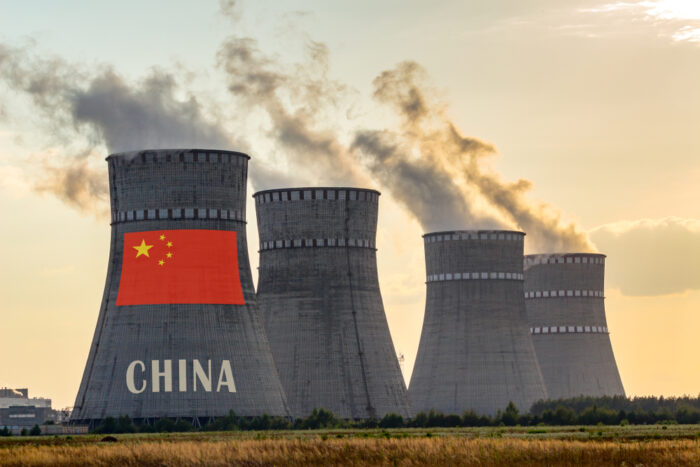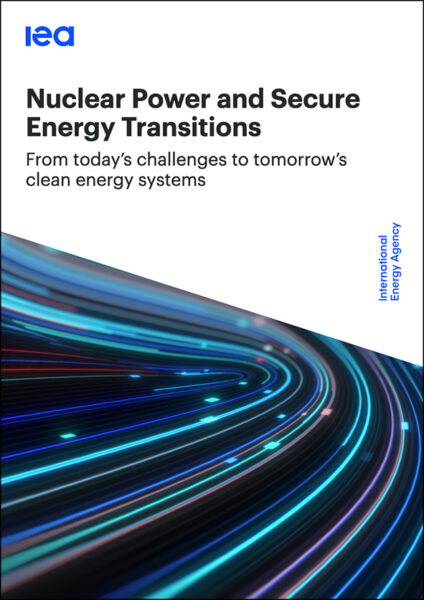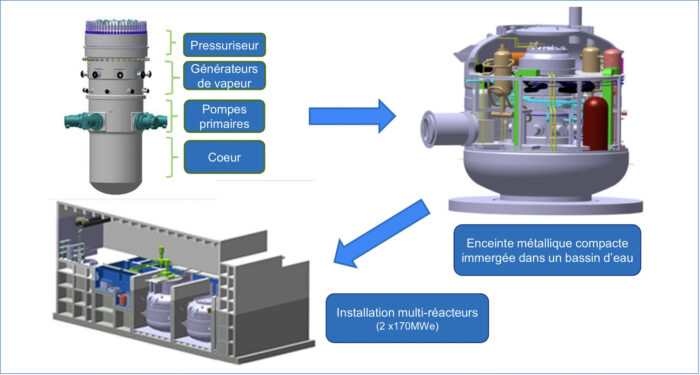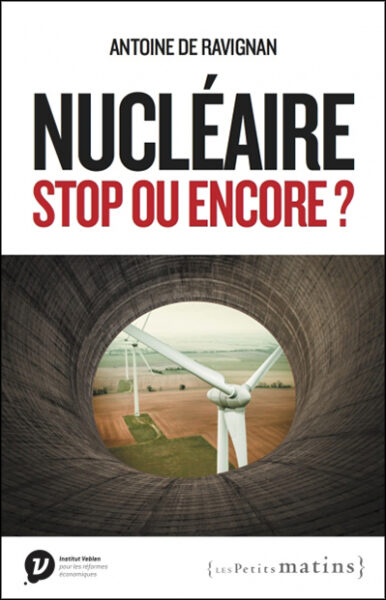At a time when energy questions – be it global warming or the depletion of sources of fossil fuels – are increasingly in the news, nuclear fusion seems, in the very long term, to raise the possibility of providing humanity with virtually inexhaustible energy. Europe is in the forefront of research in this field. It is the leader in a major international collaborative exercise which should lead to the establishment of the International Thermonuclear Experimental Reactor.
After a presentation of the issues surrounding fusion, Claudie Haigneré and Bernard Bigot, who are closely involved, through their respective activities, in this venture, outline the genesis of the ITER project and the manifold inter-governmental negotiations – both between EU member states and with the other members of the project (Japan, USA, Russia etc.) – that have accompanied its development. Those negotiations led to the signing in November 2006 of a precise cooperation agreement on the ITER programme (with sharing of the financial burden), which came into force in October 2007. ITER (which is to be built at Cadarache in France) thus represents a particularly successful example of inter-governmental cooperation in the scientific and technical fields. For this reason, the authors see it as a model to be followed in many other fields included within the European Research Area (ERA), which the EU intends to develop in the coming years.
The ITER Programme. Successful European Inter-Governmental Cooperation in the Scientific and Technical Fields
Cet article fait partie de la revue Futuribles n° 339, mars 2008



